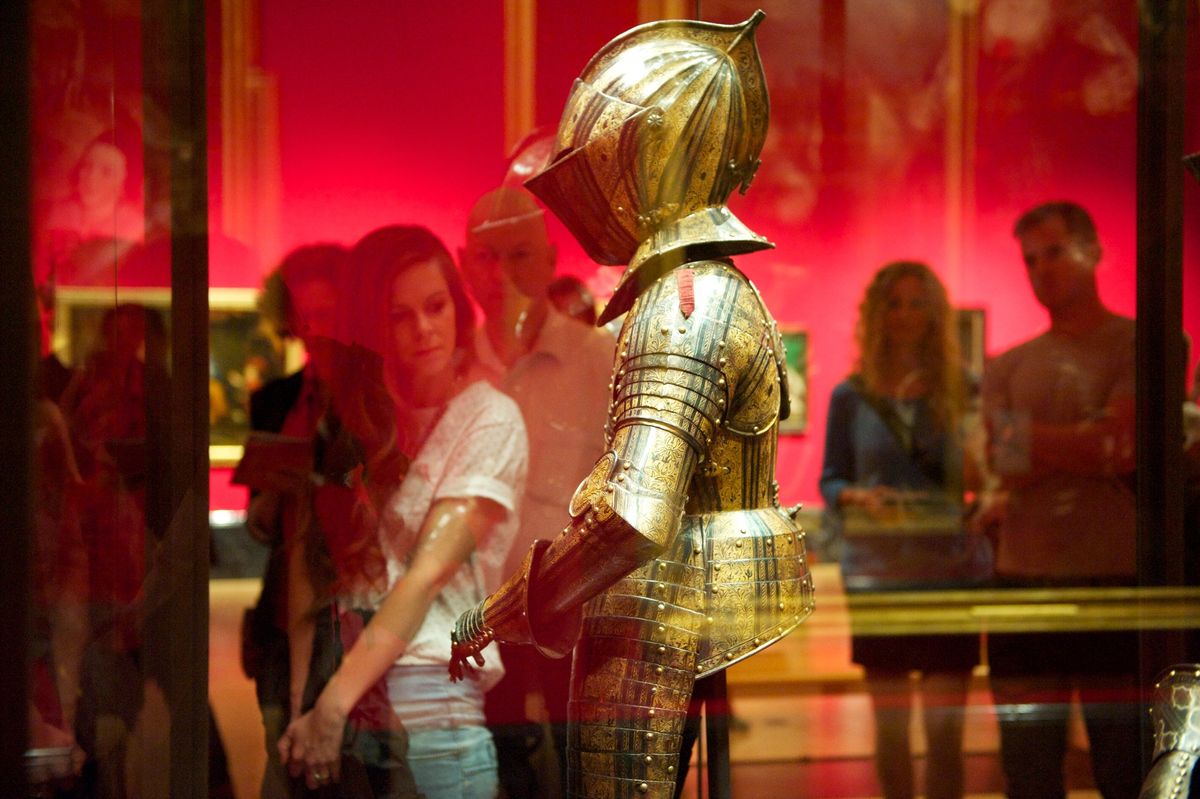In last month’s column I offered unsolicited advice to the new culture secretary. This month I double down on the impertinence, with advice to the new King.
Your Majesty, having grown up among its treasures, you will know the extraordinary depth of the Royal Collection. I would even wonder if, with more than 281,000 objects, you have seen it all. You will probably be most familiar with the 5,610 paintings, among them 7 Rembrandts, 28 Van Dycks, 34 Gainsboroughs and 52 Canalettos. And I doubt you’ve been able to resist a private rummage through the more than 500 drawings by Leonardo.
You will also know, having been the collection’s patron for many years, how well curated it is. Not only is everything kept in the best possible condition, but the scholarly consistency of the catalogues is unsurpassed.
But there are some changes that might help the collection evolve, and perhaps even transform it.
First, loans. Until now, Royal Collection exhibitions have been strictly limited to works within the collection. This has allowed for superbly focused shows. But there is a risk it may become limiting. Just occasionally, Queen’s Gallery exhibitions can look a little… familiar. If the collection was able to borrow judiciously—and imagine the stellar loans you could pull off—it could broaden the subject matter of its exhibitions, and provide new context for works within and without the collection.
Second, copyright. Images of objects in the Royal Collection are your personal copyright. Give this up. By ending limits on both the quality of images available online, and what the public (and scholars) can do with them, you’ll instantly make the collection more accessible than it has ever been. Someone will tell you that selling images brings in meaningful revenue, but after the costs of licensing and distribution are taken into account, it is not a viable long-term commercial prospect.
Finally, what is the modern Royal Collection for? Originally, your predecessors patronised artists to glorify themselves. Holbein’s portrayal of Henry VIII is about raw power, the royal equivalent of a boxing poster. Charles I, no boxer he, showed the futility of relying on art to create the illusion of power, and since then the collection’s purpose has become decorative. You have a chance to move it beyond mere ornament.
Great art can change lives and places. The Royal Collection has no shortage of great art, but most of it is in London and the southeast. Only 4% of the paintings are displayed in Scotland, none are in Wales. This, it is true, reflects the broader status of our national art collection, and regional disparities built up over centuries. But the fact that there is not a single Canaletto on public display in Northern Ireland, while the collection has 52, gives an indication of what needs to be done.
Imagine this; the Royal Collection lends a small number of works to regional galleries across the UK, creating within each a King’s Gallery of treasures that resonate with the local community. These treasures and your brand would transform local engagement with the arts, and help leverage further loans and funding for partner galleries. You could help revitalise institutions that are so vital to the education and wellbeing of local communities, and which are under threat as never before. And you could show Henry VIII and Charles I that a Royal Collection is about more than bragging power. But that’s enough impertinence from me.



